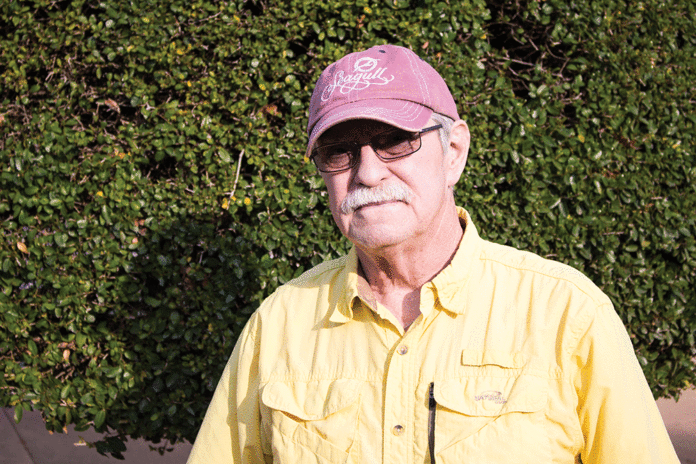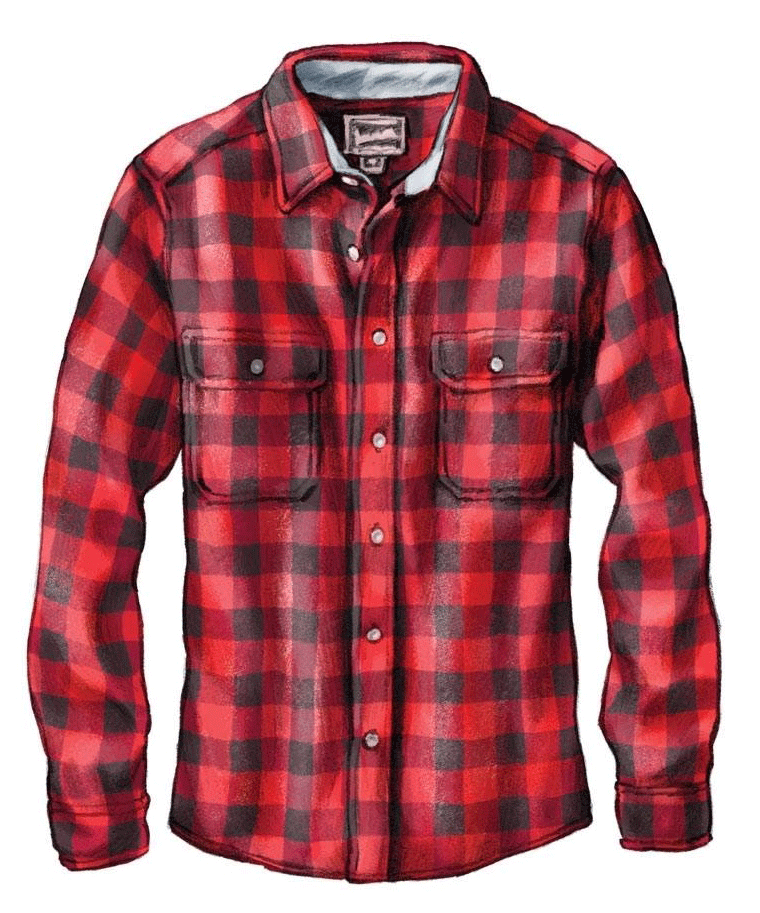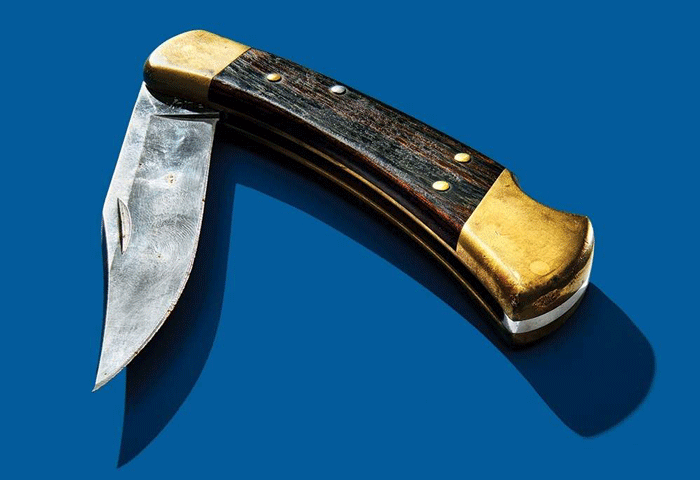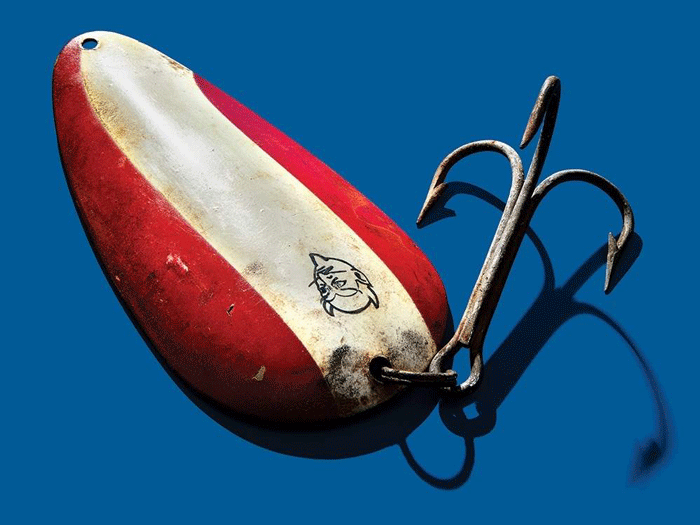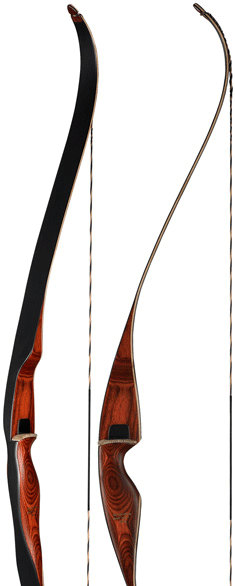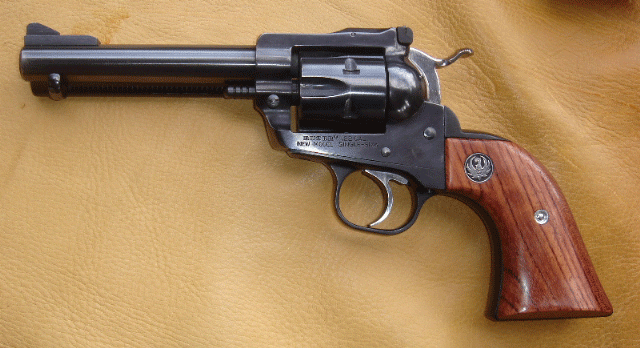Well, the warm early spring weather continues throughout our area. A cool down is forecast for this week, which may slow the fishing for awhile, but we are close to the magic time of the year.
The high winds we have endured in March have made it rough on local anglers. But my fishing buddy, Hoot, called last Thursday and we decided to give it a try. So, late that afternoon we were prowling the banks of one of his favorite ponds.
With winds approaching 30mph, fly fishing wasn’t practical, so we went the traditional route with rods and reels using swim baits. While the conditions weren’t optimal the results were great! While Houston landed the biggest, we both caught well over 20 fish with a mix of bass and crappie. I had to leave early but he continued to reel them in ‘til nearly dark. My, that boy loves to fish!
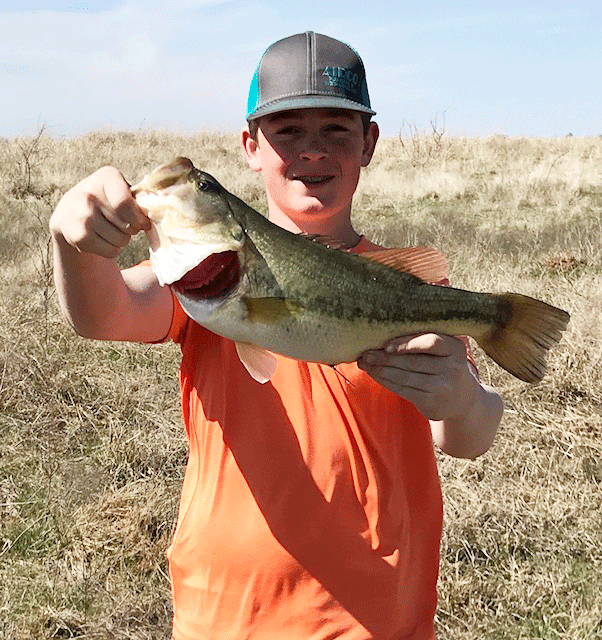
Last week we looked at the use of a fly rod for bass and panfish, so let’s continue exploring it.
Many beginning fly anglers seem to think bass pay little attention to their safety and feed with total abandon. This couldn’t be farther from the truth. Maintaining stealth during your approach and your presentations can often determine whether or not you find success on ponds. Move slowly and quietly at all times, and make your first presentations count. Pay attention to the distance of your casts and the water you’re targeting. Work a section of water thoroughly and then move down the bank so that your next cast has your fly landing into fresh water. This will ensure you’re not spooking fish.
Always make multiple casts to your target water before moving on. Bass aren’t always convinced on your first cast. Sometimes it may take a dozen attempts before you convince the bass to eat your fly. Keep your confidence and believe every cast is going to the be the one that ends with big bass on the end of your line.
Wind plays just as much of a role on ponds as it does on big lakes. It creates current, pushes and concentrates bait and influences bass to feed more in certain areas. If you’re fishing a pond and you’ve had consistent winds for a period of a couple hours or more, you should first focus your fishing on the downwind side of the pond. Generally, in this situation, the majority of the fish will prefer to position themselves and feed on the downwind side of the pond.
Just like in trout fishing, bass fishing also demands that you retrieve your fly in the correct water column or depth of where the fish are located. Bass are not always going to be willing to come to the surface to feed. Particularly if they’re positioned stationary in ambush points in deeper water. Start out by working your flies on or close to the surface and then continue to move them deeper if you’re not getting bites. Pause to let your fly slowing sink to help you control the depth of your flies. Also slow your retrieve down if you feel your flies aren’t getting deep enough.
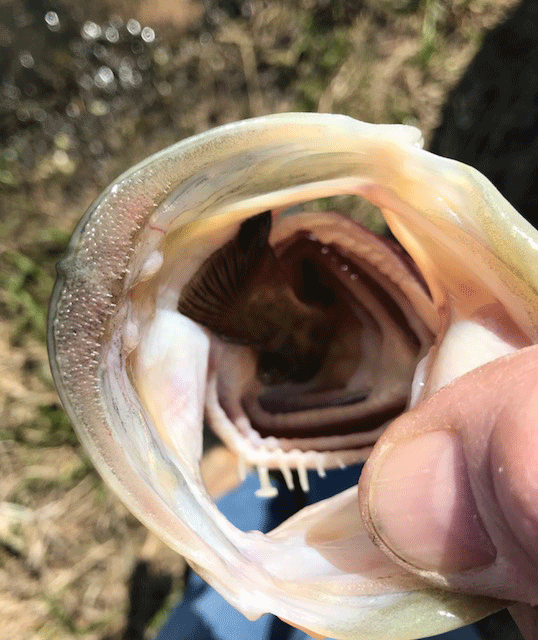
Retrieving your flies with a stop and go retrieve often works better than keeping a steady or constant retrieve. Doing so, your fly will resemble a dying or injured baitfish and it also can trigger reaction strikes by triggering the predatory instincts in bass. A stop and go retrieve also works great for keeping your fly in the strike zone longer, where sometimes a few extra seconds is the key to getting a strike.
Many anglers lose their confidence when the water is murky or stained. It’s actually a good thing most of the time, because it pushes bass into shallow water, close to cover and also provides added stealth for you. Just remember that dirty water limits the distance bass can see, and they will rely more heavily on their hearing and lateral line to locate and zero-in on food. Choose flies that push water, make noise (rattles or surface commotion) and in a color that’s easier for the bass to see in stained water.
During the summer months or when there’s lots of smaller baitfish available in the pond, you often can have more success if you downsize your fly patterns. If you’re not having luck with your larger fly patterns, try matching the size of your fly with the size of the most common food source.
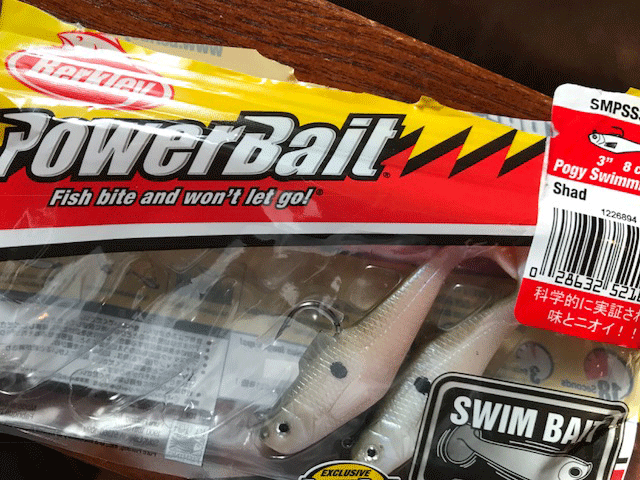
As the weather warms there is nothing like casting a popper bug to the calm water, letting it set and then start short retrieves followed with a pause! Be ready for the explosion that could happen at any time. Another great choice during this time of year is a deer hair frog or mouse pattern.
Remember, if you’re not getting any strikes, try something different, bass can be very fickle!
Relax, it’s just another way to get out and enjoy our great Oklahoma outdoors!





